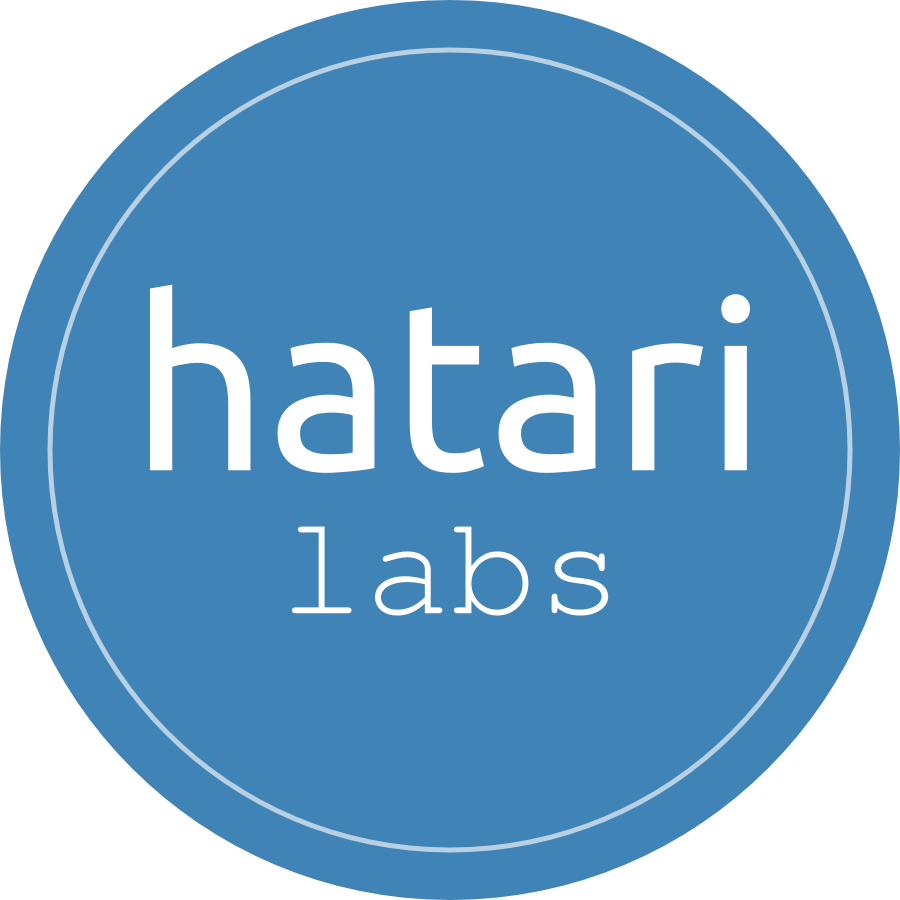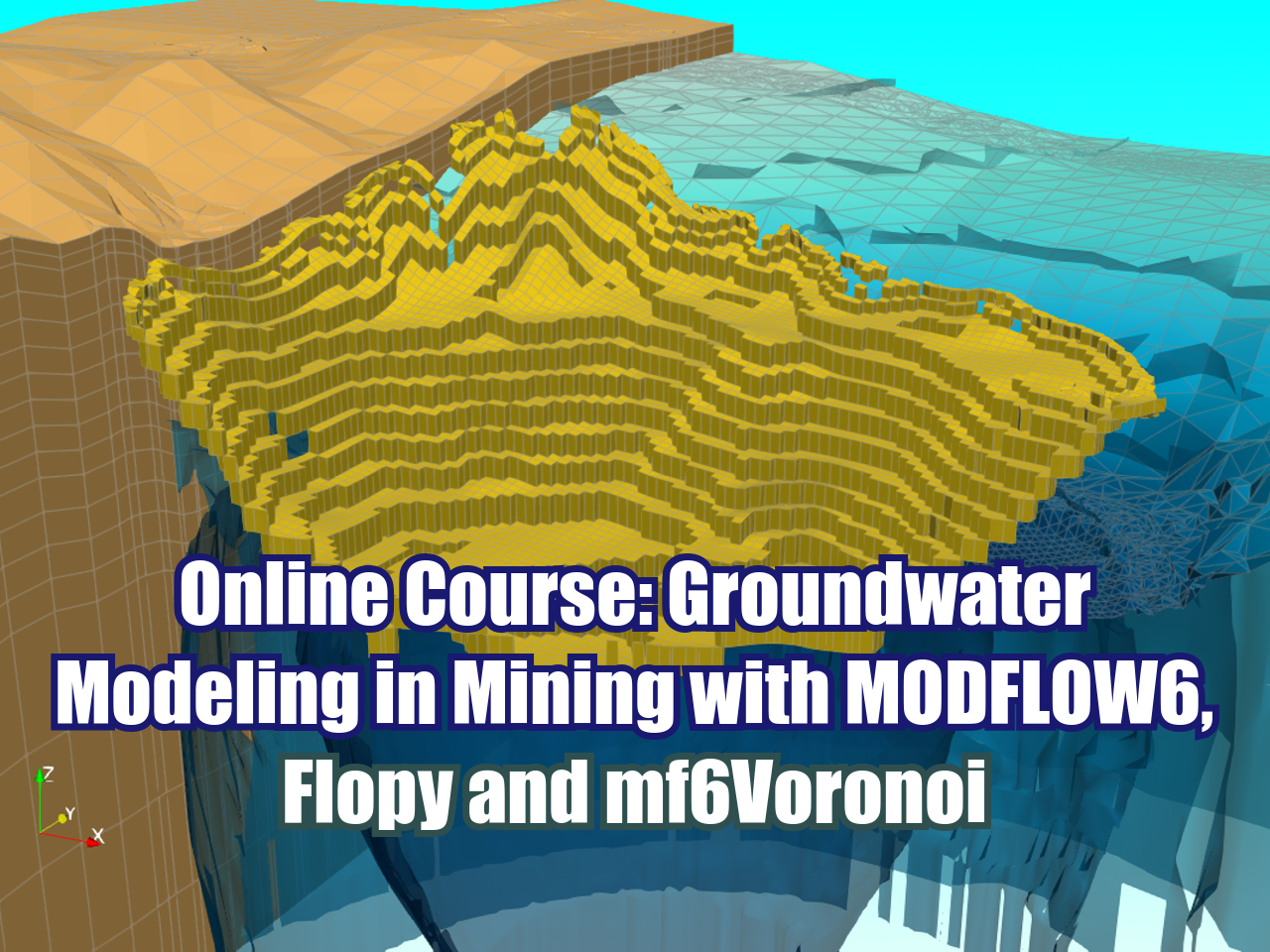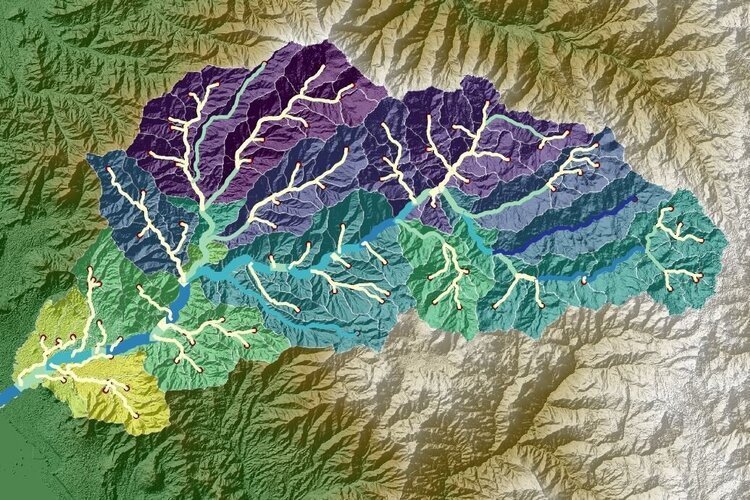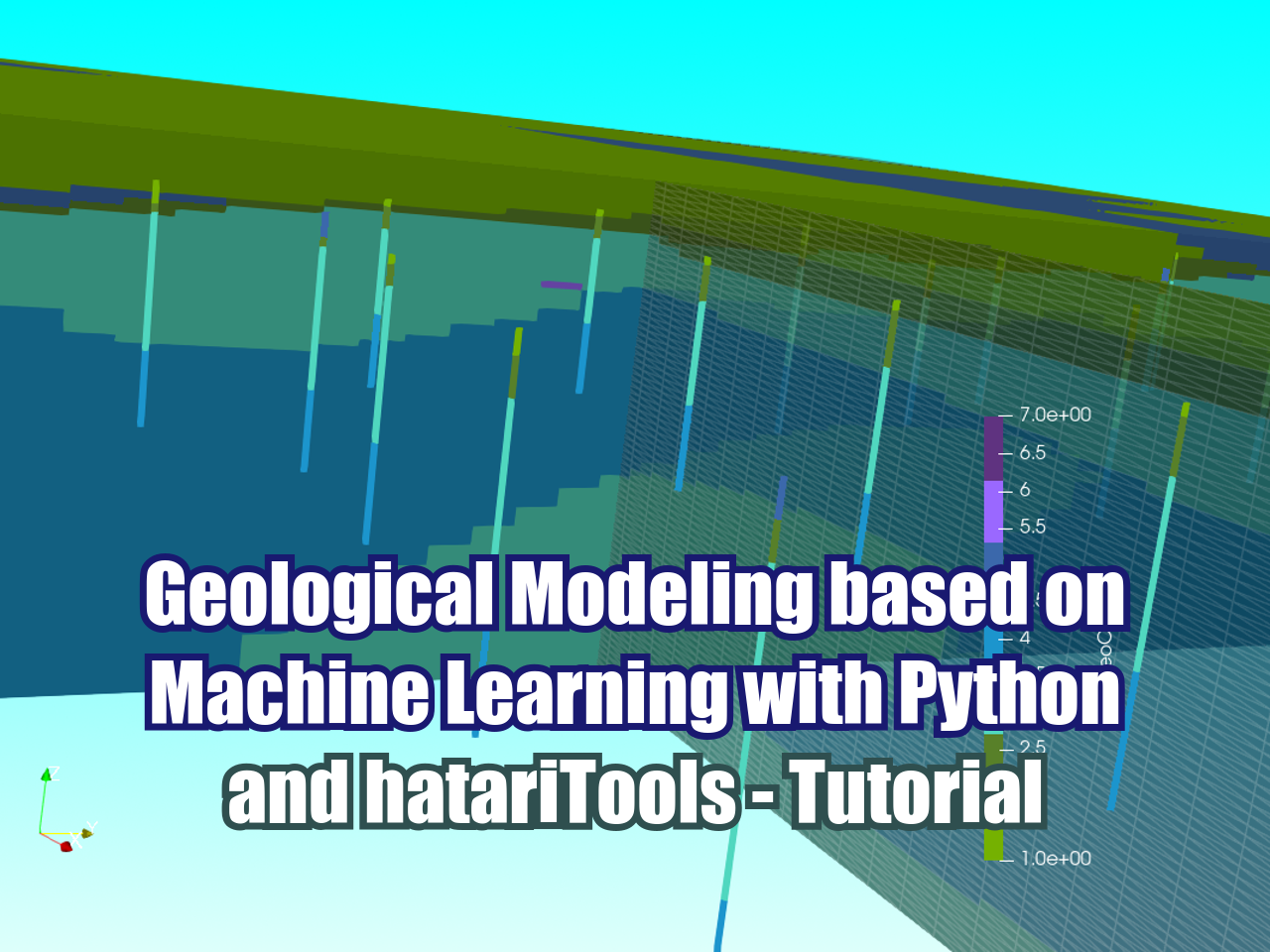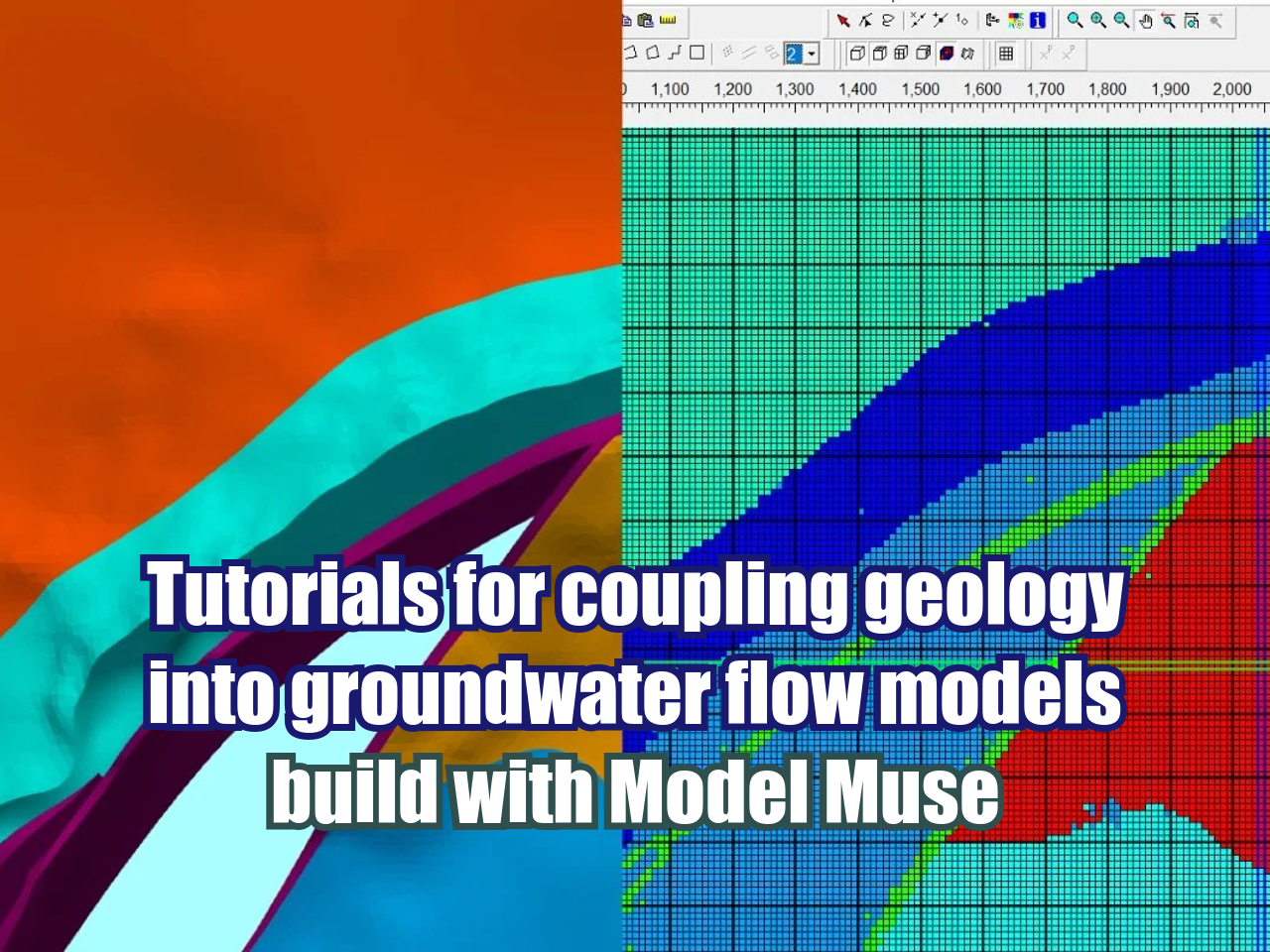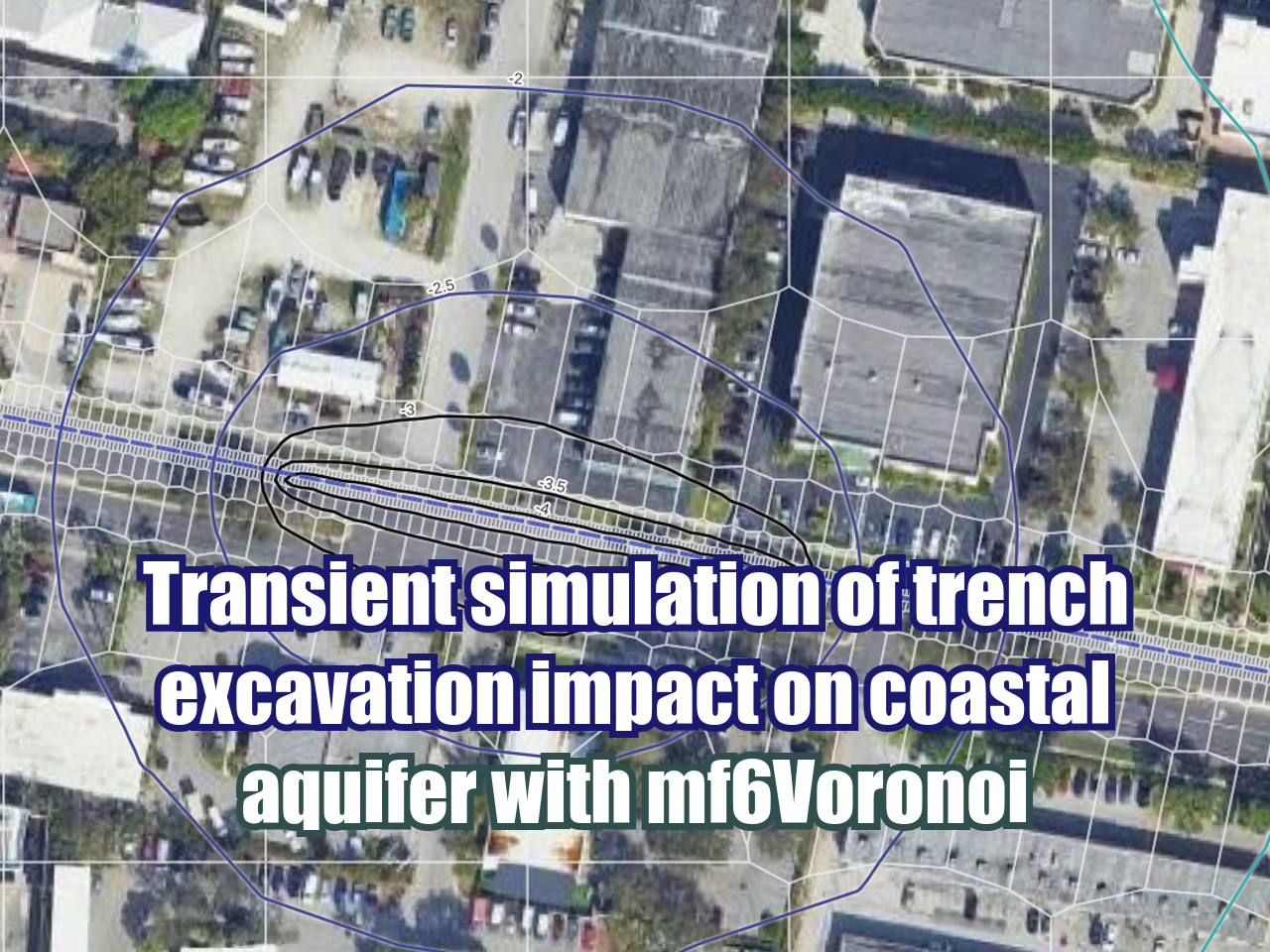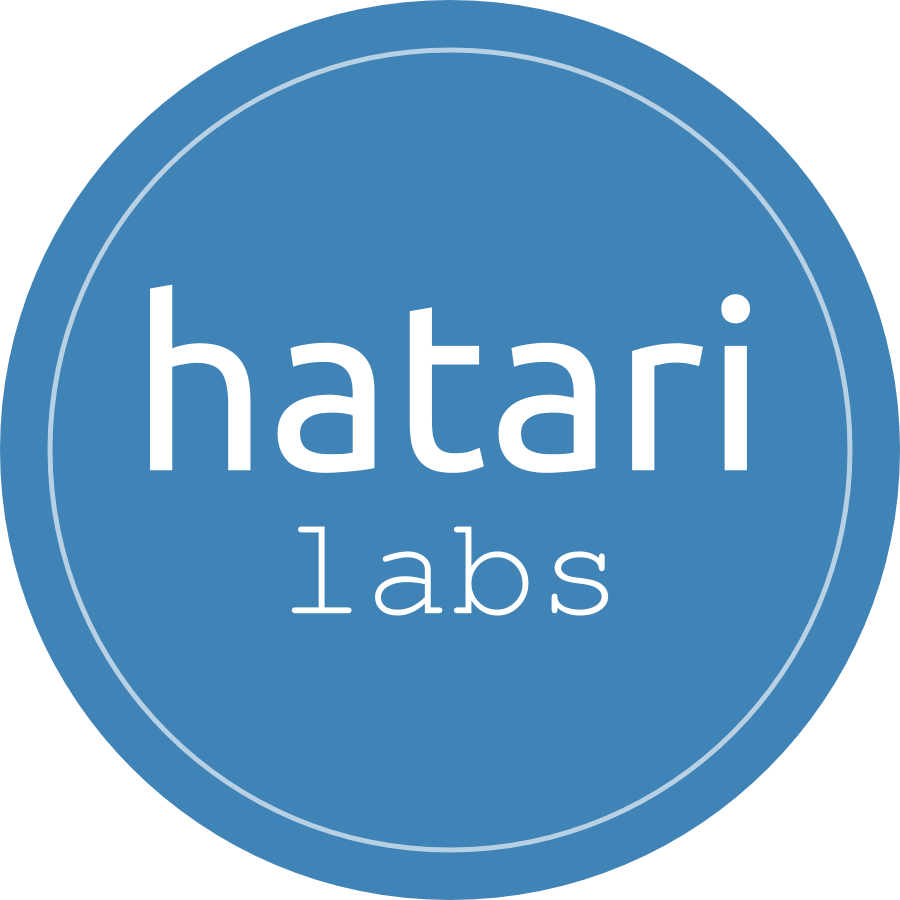Geological Modeling based on Machine Learning with Python and hatariTools - Tutorial
/This tutorial covers an applied case of geological unit modeling done on the Queens Mary Reservoir, London, UK based on 266 drillings. The geological model was done in Python with the machine learning library Scikit Learn to create a geological model based on lithology from drillings. The code generates a point cloud of drilling lithologies that are transformed and scaled for a neural network classifier like the Multi-layer Perceptron classifier. To validate the results of the geological model, an analysis of the confusion matrix from the neural network is performed. The tutorial includes a georeferenced 3D visualization and comparison from well lithology and interpolated geology as Vtk format in Paraview.
Read More